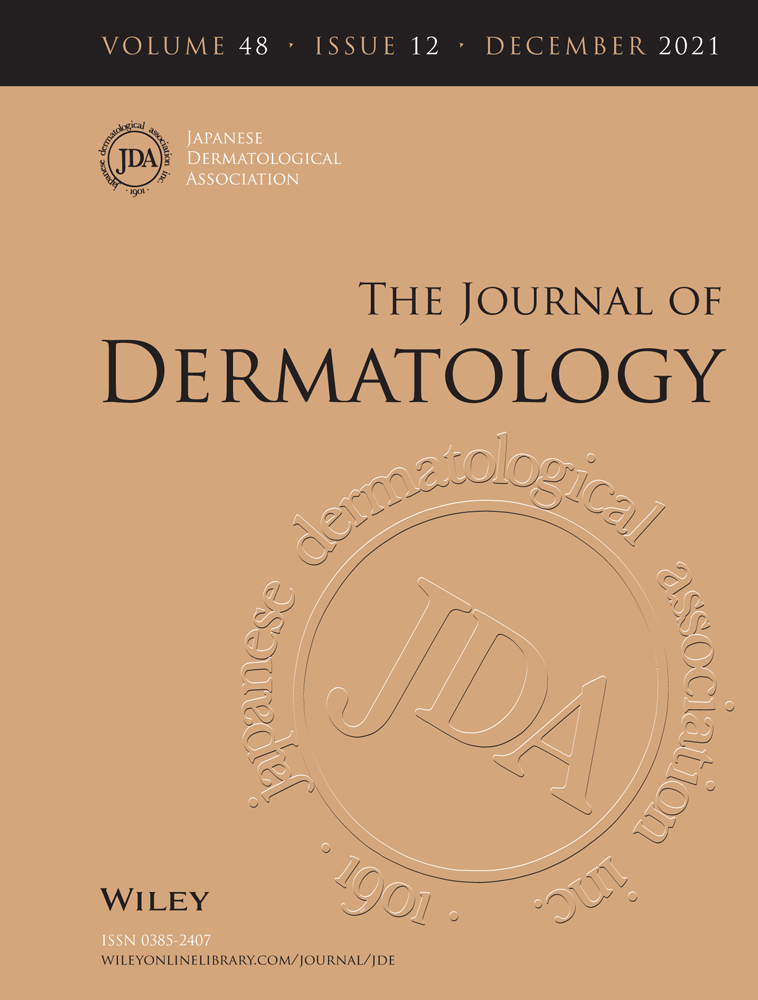Ehlers–Danlos syndrome type IV with a novel COL3A1 exon 14 skipping variation confirmed by Tohoku Medical Megabank Organization genomic database
Abstract
A novel COL3A1 variant was identified in a Japanese case of Ehlers–Danlos syndrome type IV (EDS-IV) with a characteristic “Madonna” face, fragile uterus, and easy bruising in addition to a history of cavernous sinus fistula. We confirmed variable diameters of collagen fibrils in the dermis and decrease in type 3 collagen production from cultured fibroblasts. Genomic DNA sequencing of the COL3A1 region and COL3A1 cDNA sequence expressing in cultured fibroblasts identified that a nucleotide variation at c.951+2T>G on intron 14 leads to skipping of exon 14 in COL3A1 cDNA. The novel variation in the splice site of COL3A1 region g.IVS14+2T>G was not listed in the EDS-IV pathogenic genetic databases including Human Gene Mutation Database, ClinVar, and Leiden Open Variation Database. Using the whole genome sequence database of 8380 Japanese individuals reported by the Tohoku Medical Megabank Organization (ToMMo) cohort study, we also confirmed that COL3A1 g.IVS14+2T>G was not a common single nucleotide variation in the Japanese population, although 13 EDS-related COL3A1 variants were identified in the ToMMo database of 8380 Japanese individuals. These results demonstrated that our case of EDS-IV was a result of the novel variation of COL3A1 g.IVS14+2T>G. These statistical genetics approaches with the combination of the ToMMo database of 8380 Japanese individuals and pathogenic genetic databases are a useful method to confirm the uniqueness of novel variation in Japanese.
CONFLICT OF INTEREST
None declared.




